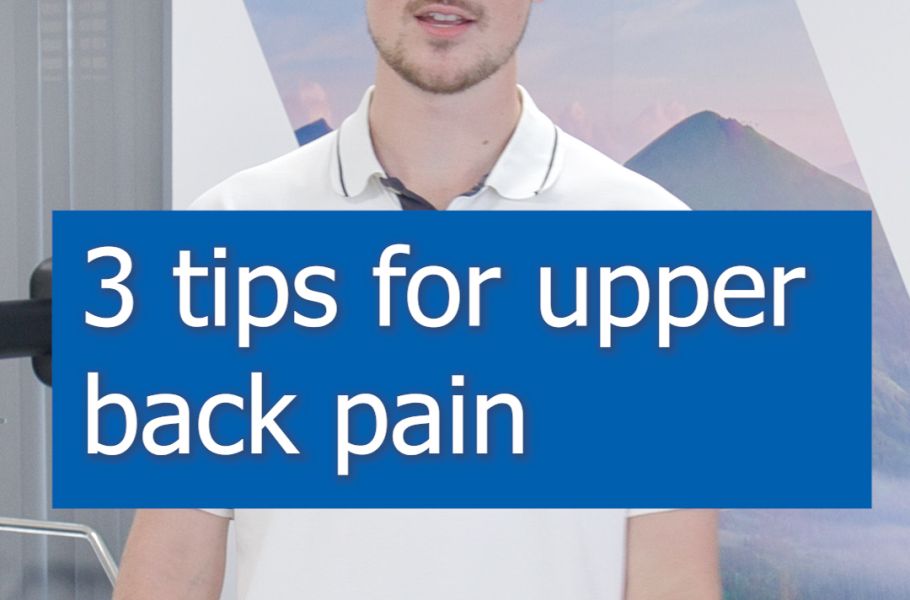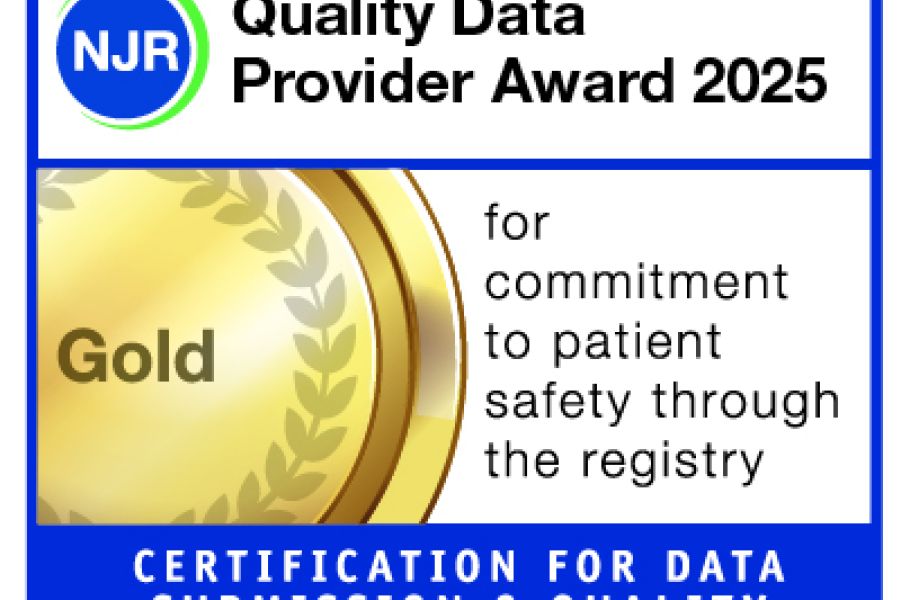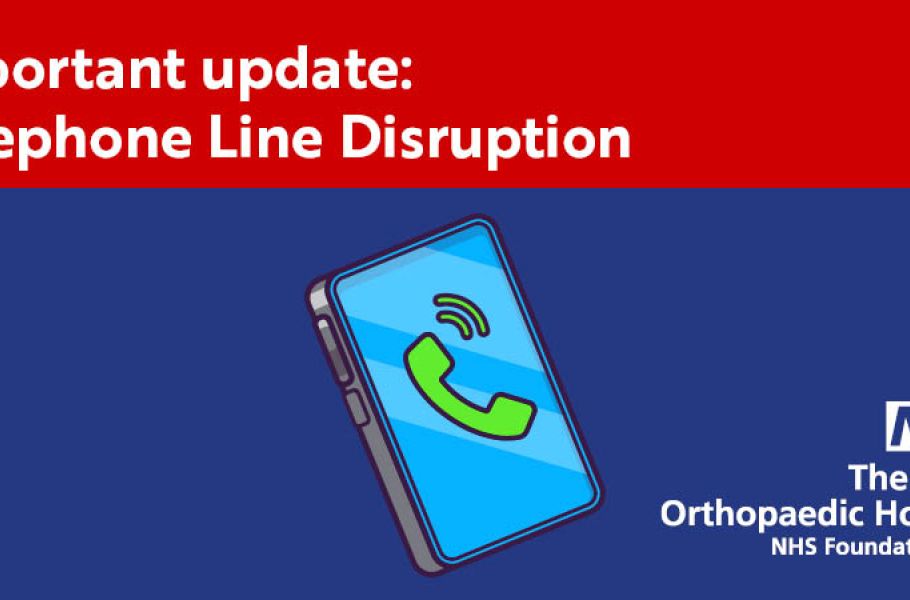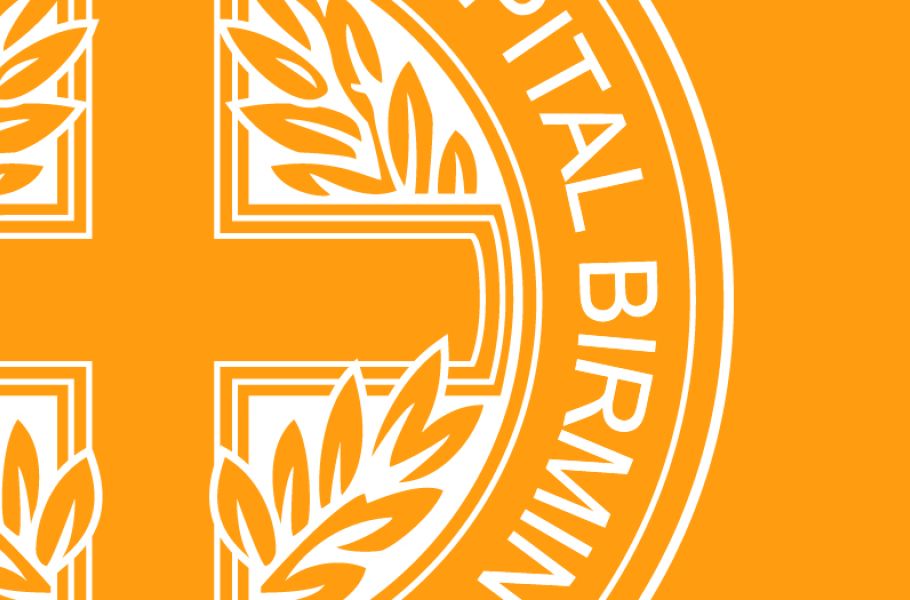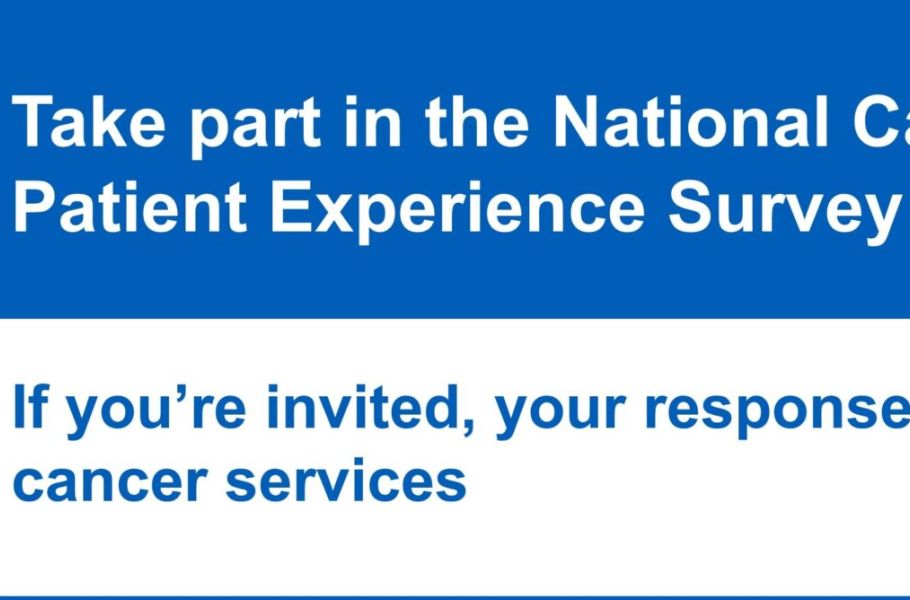Developing protocols on exercise and sport for scoliosis patients
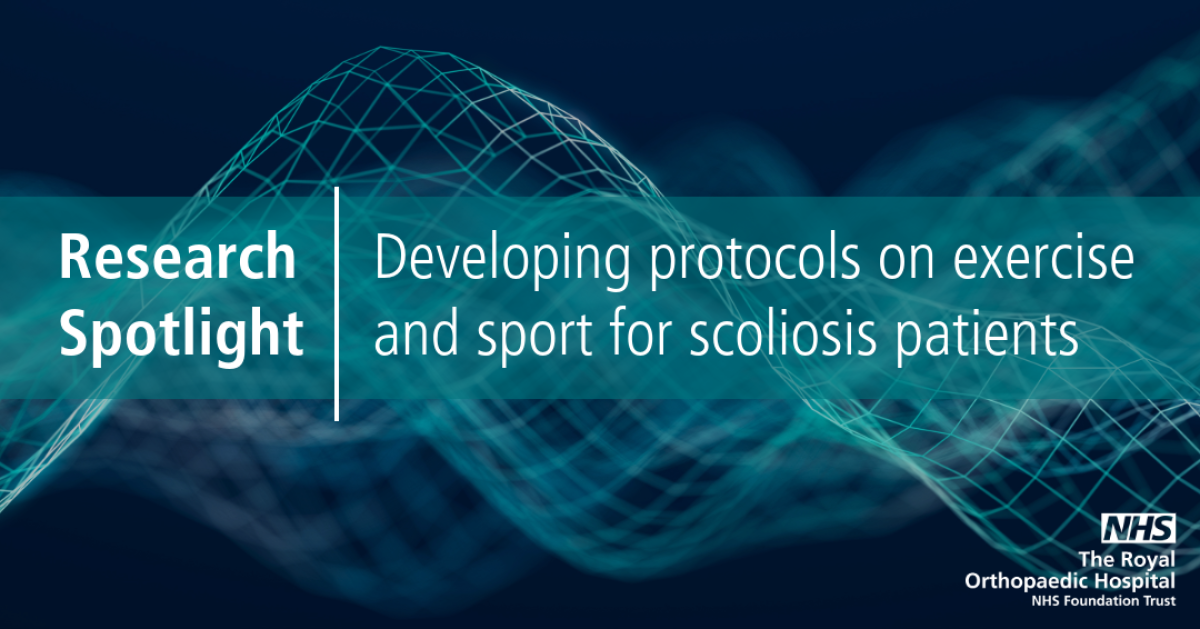
For some patients, Adolescent Idiopathic Scoliosis (AIS), curvature of the spine, can progress as they age resulting in cosmetic issues, functional issues and pain. In these patients where spine stabilisation surgery is required, there remain barriers to a full return to sport and exercise. A number of studies at the Royal Orthopaedic Hospital are exploring this challenge, seeking to develop protocols that bring consensus to clinical advice.
Jodie Walters, Specialist MSK physiotherapist, noticed she was seeing patients coming through a while after surgery who were still struggling with mobility, were really stiff and were fearful of movement due to little to no engagement with physiotherapy. Jodie is currently running a study to develop a protocol of accelerated rehabilitation following surgery for AIS.
Jodie explains: “There is currently no evidence that guides clinicians on how to rehabilitate following corrective surgery for AIS. As half of adolescents who undergo surgery for AIS do not return to their pre-operative levels of physical activity, we need to explore post-operative physiotherapy interventions and develop a protocol clinicians can refer to. Patients can get back to what they want to after surgery, no matter how far down the line they are, but the key is working through rehabilitation and putting the time in.”
Susanna Tucker, Senior Physiotherapist, is currently carrying out research into Post-operative return to sports, exercise and physical activity as part of her PhD project. She noticed similar challenges in a lack of literature on factors influencing exercise participation in scoliosis. Susanna explains; “The literature clearly demonstrates that people who participate in physiotherapy have an improved quality of life and decreased pain. Therefore, my work has been focused on an international Delphi consensus regarding post-operative return to sports, exercise and physical activity.”
“This Delphi consensus followed on from interviews with patients who had different levels of treatment for their scoliosis and there was a huge difference between what exercises patients felt they could do. Government guidelines suggest that every child should participate in an hour of physical activity each day, and children with disabilities should get 20 minutes each day. The literature also demonstrates that over a quarter of patients only returned to lower impact activities after their surgery, while a third didn’t return at all due to stiffness.”
“My research in conjunction with Jodie Walters’ study suggests there is a high proportion of patients not engaging in exercise before and after scoliosis surgery. If we can reduce and remove the barriers and provide guidance for participation in sport and physical activity, not only would this positively impact recovery outcomes, but it would lead to better quality of life for those with Adolescent Idiopathic Scoliosis.”
